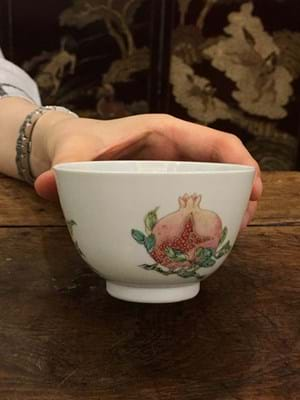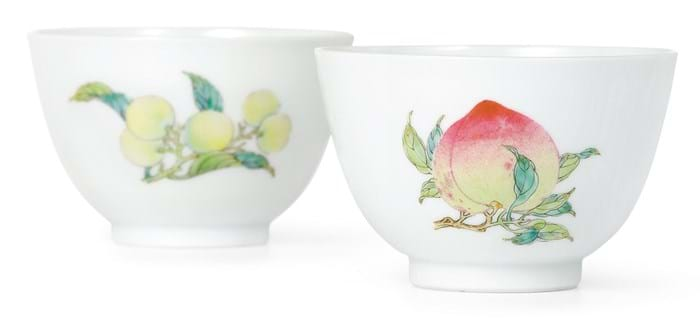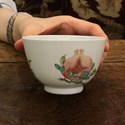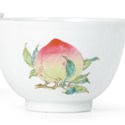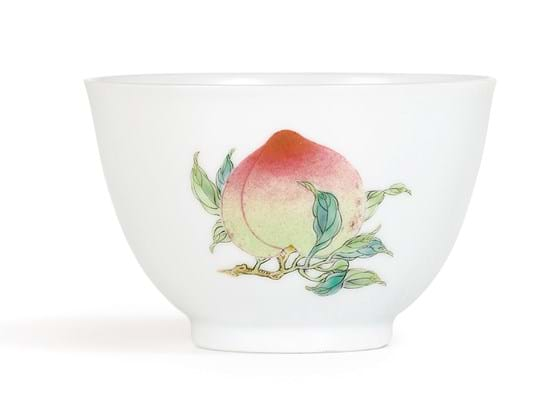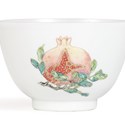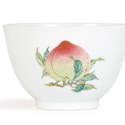With the Asian Art in London festival having kicked off last week and large number of auctions and dealer events taking place, the diminutive cups were one of the most anticipated objects of the series. They had originally belonged to the renowned dealer and collector, Edward T. Chow (1910-1980), who formed one of the most impressive collections of Chinese art in the 20th century.
Having sold in the landmark auction of his collection at Sotheby’s in 1974, they had last changed hands at Sotheby's Hong Kong in 2004 when they fetched HK$7m (£500,000) including premium.
With the market for Chinese works of art having moved on greatly since then, this time round they were estimated at £1.2m-1.8m and attracted decent bidding yet again, selling to the Asian trade.
Bright enamels
The mark and period Yongzheng (1722-1735) cups measured 3.5in (9cm) high and were delicately painted in bright enamels with ‘sanduo’ fruits – pomegranate, peach and loquat representing the ‘three abundances’ motif – long life, offspring and bountifulness.
With no other cup of this design recorded, it appears these objects were unique examples of their type.
The fencai (‘famille-rose’) colour scheme emerged in Chinese porcelain after the introduction of white enamel from Europe in the early 18th century. It was during the early years of the Yongzheng emperor’s reign that the imperial kilns at Jingdezhen in the Jiangxi Province developed a new palette which is deemed to have realised the technique’s full potential.
These cups were clearly refined examples of this ‘new’ aesthetic with the sophisticated pastel tones and sense of perspective.
While this exact pattern appears to be unique, similar motifs appear on a pair of Yongzheng cups in the Museum für Ostasiatische Kunst in Cologne, although those examples feature branches with several smaller fruits.


